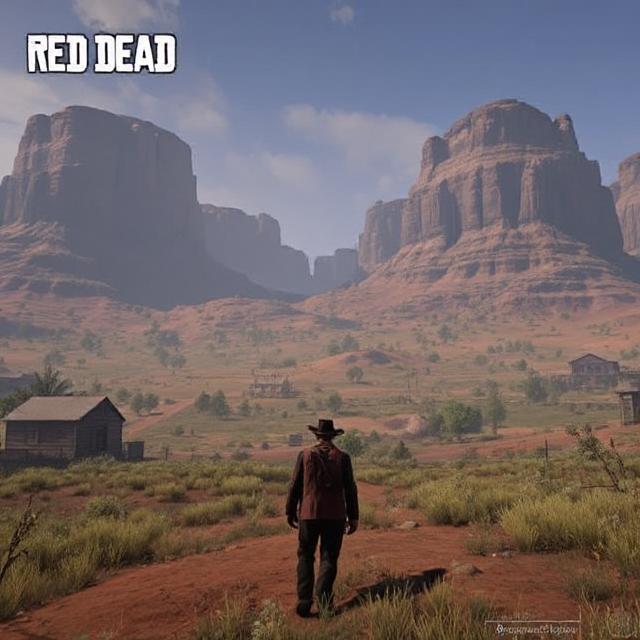In action RPGs, combat isn’t just a mechanic—it’s an extension of identity. The way a character fights defines how the player feels, thinks, and engages with the game world. A great combat system can elevate an average game; a weak one can break immersion entirely.
Games like Dark Souls and Bloodborne demand precision and timing. Every swing, dodge, and parry matters. Players aren’t just watching stats—they’re embodying their character’s movement and weight. Combat here feels personal and earned.
Other games, like The Witcher 3, focus on fluidity and hybrid mechanics. Swordplay mixes with signs (magic) and alchemy, giving players multiple layers of strategy. You might roll away from a blow, cast Igni to ignite a monster, and follow up with a critical strike—all in seconds.
Then there’s Elden Ring, which combines speed, freedom, and build diversity. Whether you’re a heavy two-hander or a dexterous spellcaster, the combat system supports your fantasy. You’re not just fighting—you’re expressing your chosen archetype.
Modern ARPGs increasingly use stamina, posture, parries, skill trees, and weapon arts to offer depth without overwhelming players. Great design ensures that early fights feel winnable, but still reward mastery over time.
Ultimately, the best action RPG combat feels like a conversation between player and system. When that rhythm clicks, every encounter becomes memorable.



